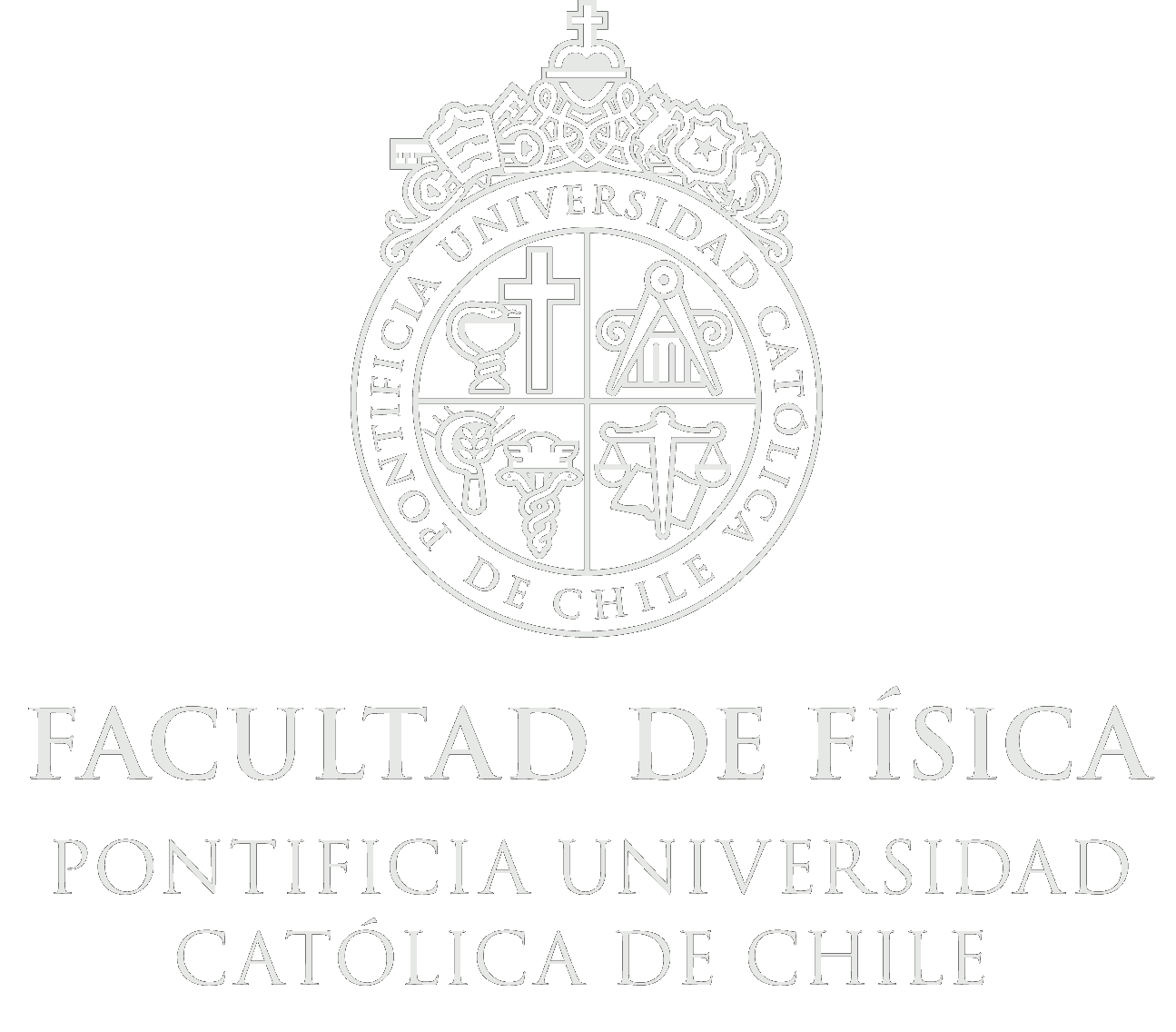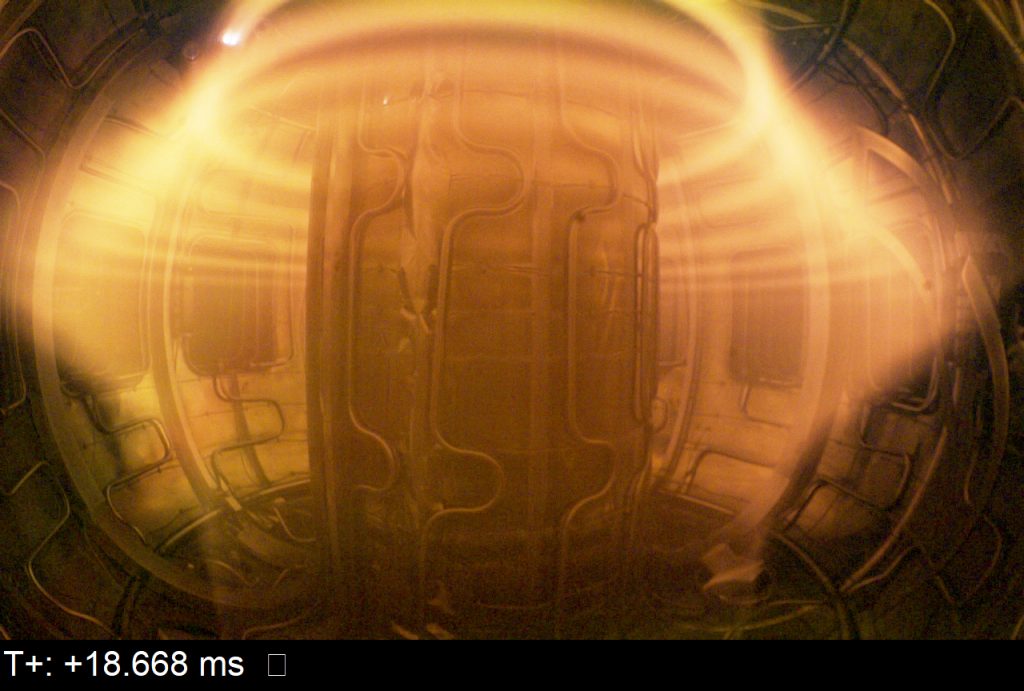First plasma of the HH70 tokamak of Energy Singularity in Shanghai, the first tokamak in the world built with HTS magnets similar to those relied on by CFS
Commonwealth Fusion Systems (CFS), a spin-off of MIT has announced that it will built its awaited ARC tokamak in Virginia and says it will become the world’s first fusion power plant. CFS’ design relies on advanced superconducting magnets to create a compact and cost-effective tokamak. Chinese company Energy Singularity, based in Shanghai, has already built a tokamak using similar magnets and achieved first plasma in 2024. However, companies like Energy Singularity and CFS face immense challenges in managing the extreme conditions required for sustained fusion reactions with the compact tokamak approach.
Stronger magnetic fields, while enabling smaller reactors, also can lead to higher energy densities in the vessels that confine the burning plasmas. This exacerbates the problem of handling intense particle and energy fluxes at the reactor’s walls. ITER, the international fusion project under construction in France, is projected to handle heat fluxes of 15-20 MW/m² in its divertors—comparable to the sun’s surface flux of 50 MW/m². ARC, with its stronger fields and smaller plasma-wall surfaces, could face even higher fluxes, pushing materials science to further limits.
The timeline for ARC’s completion also appears optimistic. Fusion research has a history of delays and unmet promises, as seen with Lockheed Martin’s shelved compact fusion project. While CFS has secured $2 billion in funding, the technical hurdles of scaling up from SPARC to ARC remain daunting. Skepticism is warranted given the unproven materials and unprecedented energy fluxes involved.
Nevertheless, the challenges faced by Energy Singularity and CFS will undoubtedly be valuable to the fusion energy endeavor and the urgency to solve the problem of power handling at the tokamak walls is likely to result in solutions that benefit the entire fusion community.

